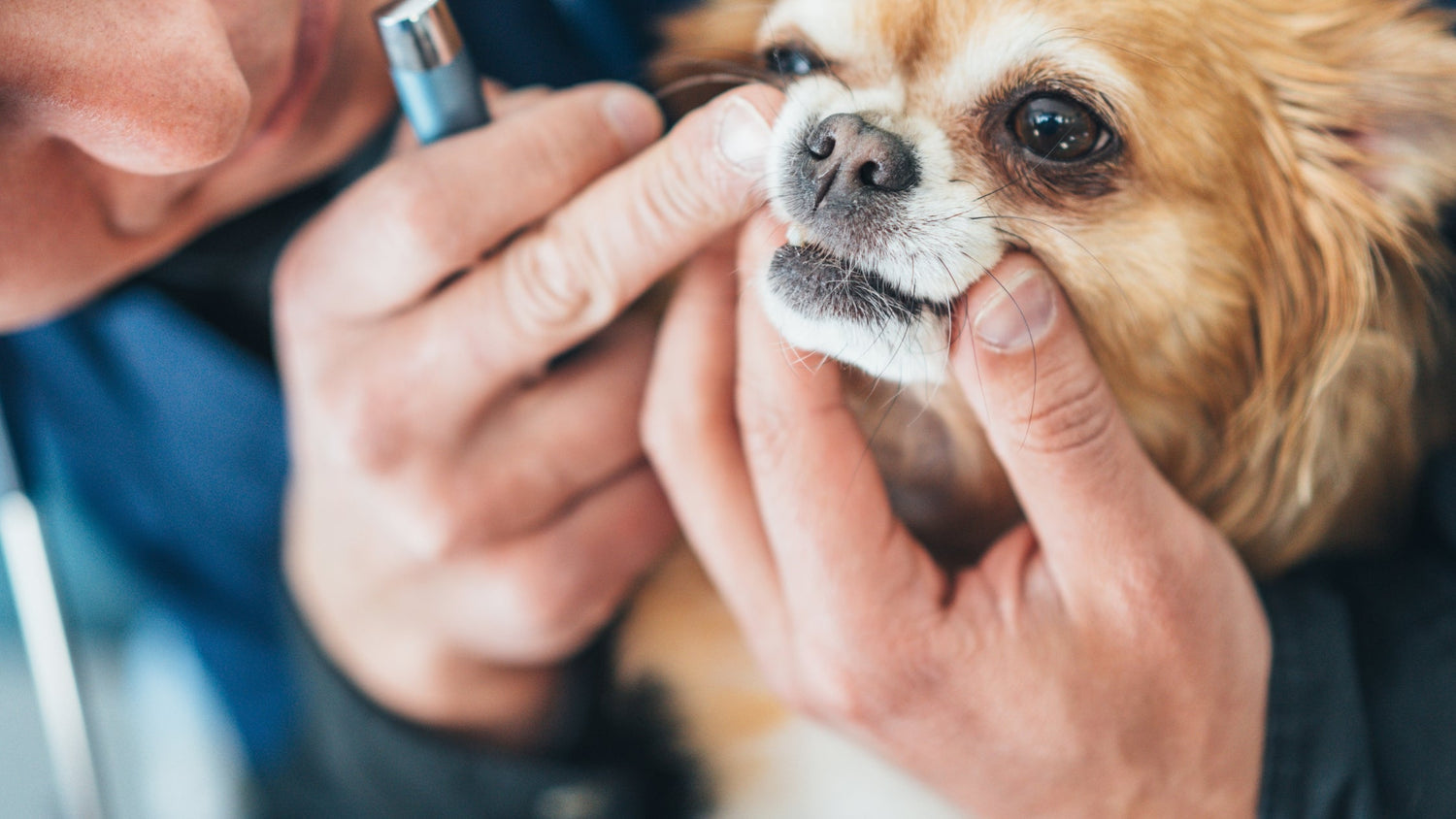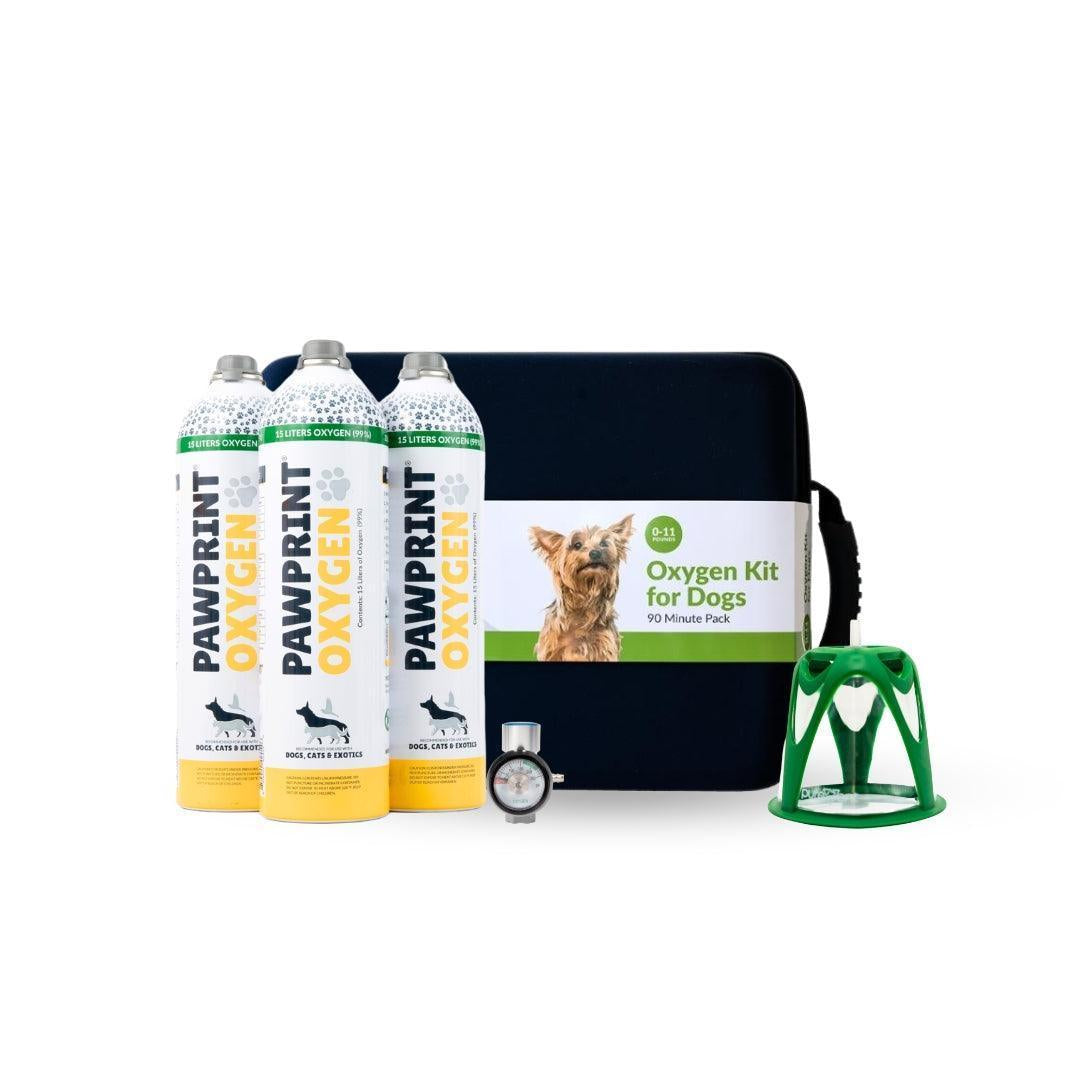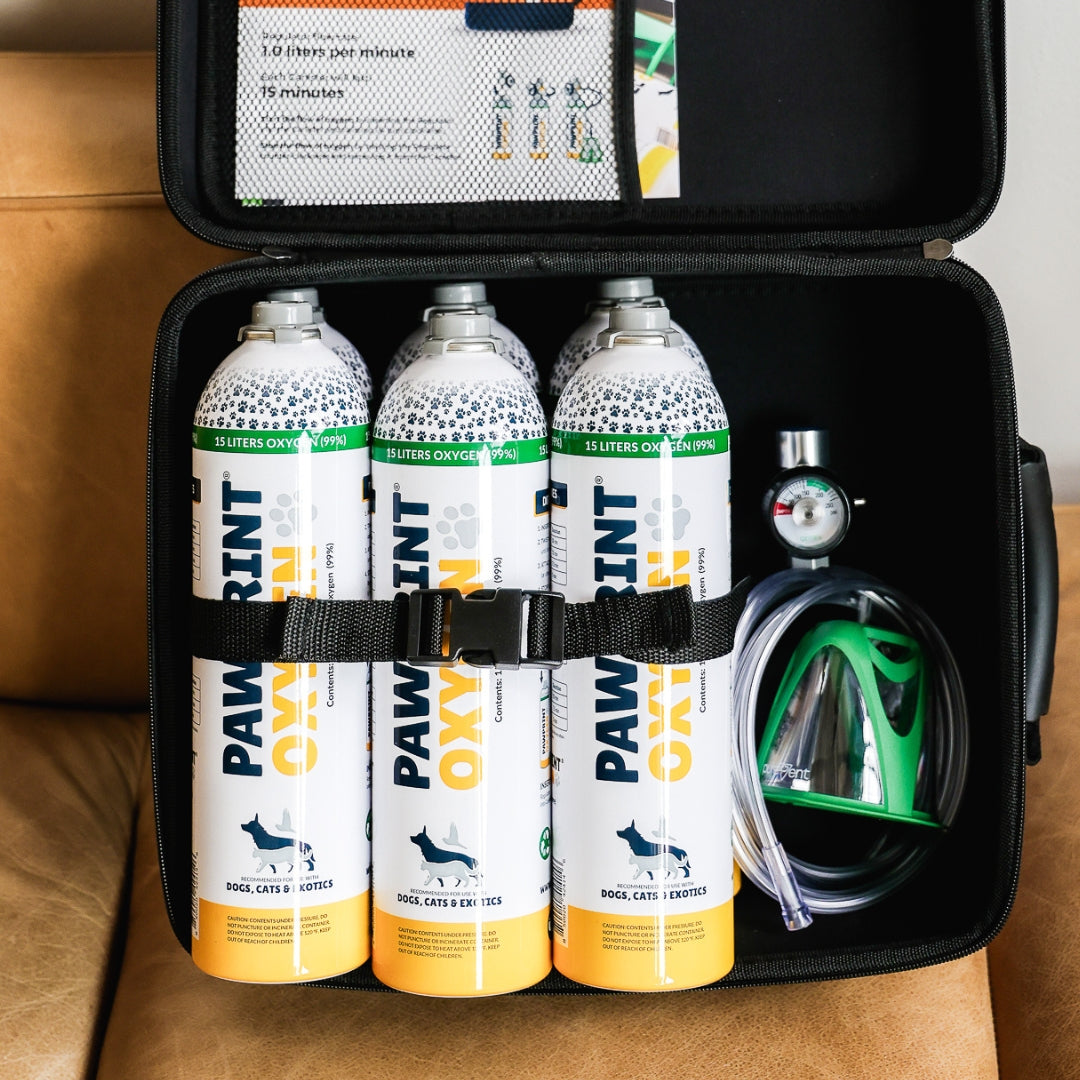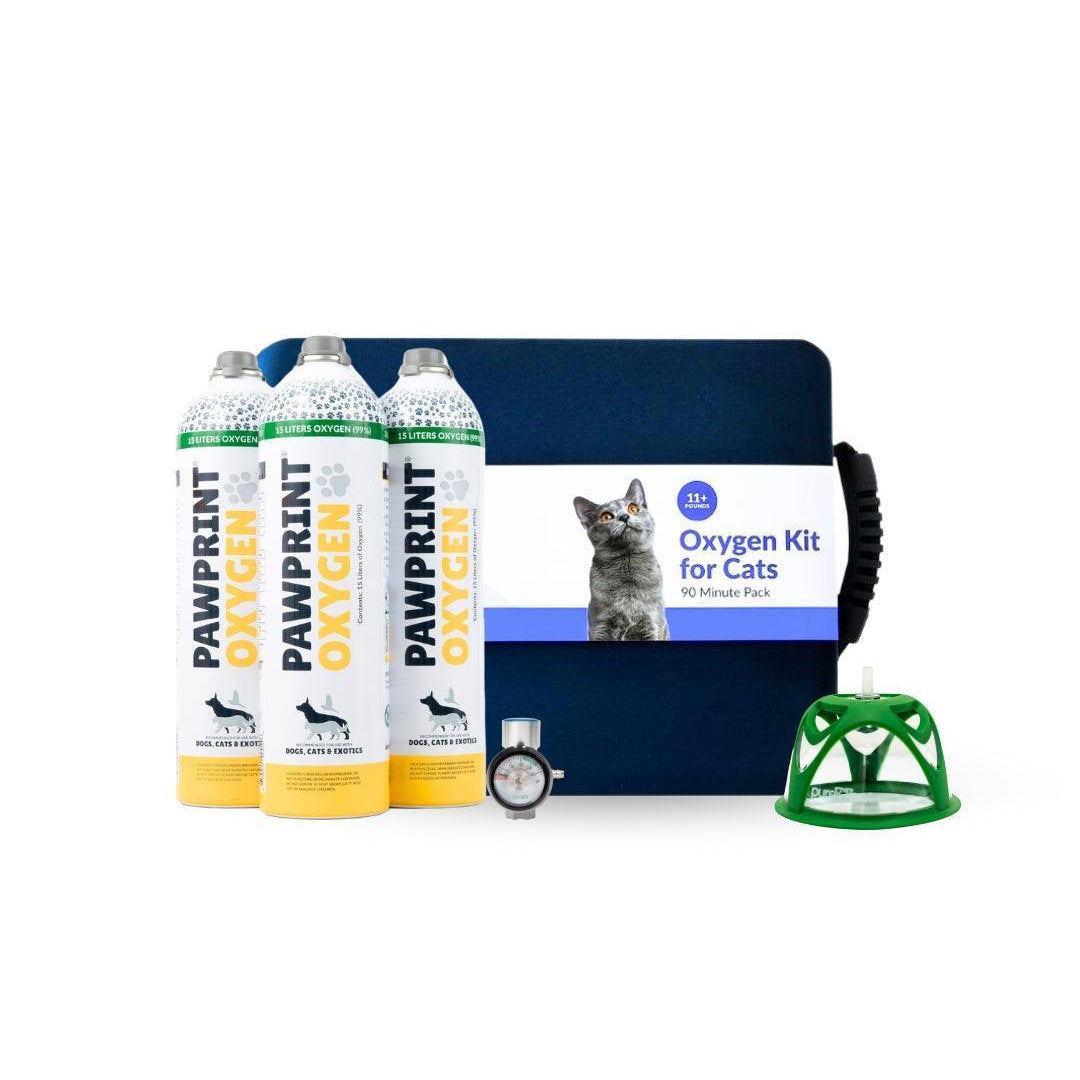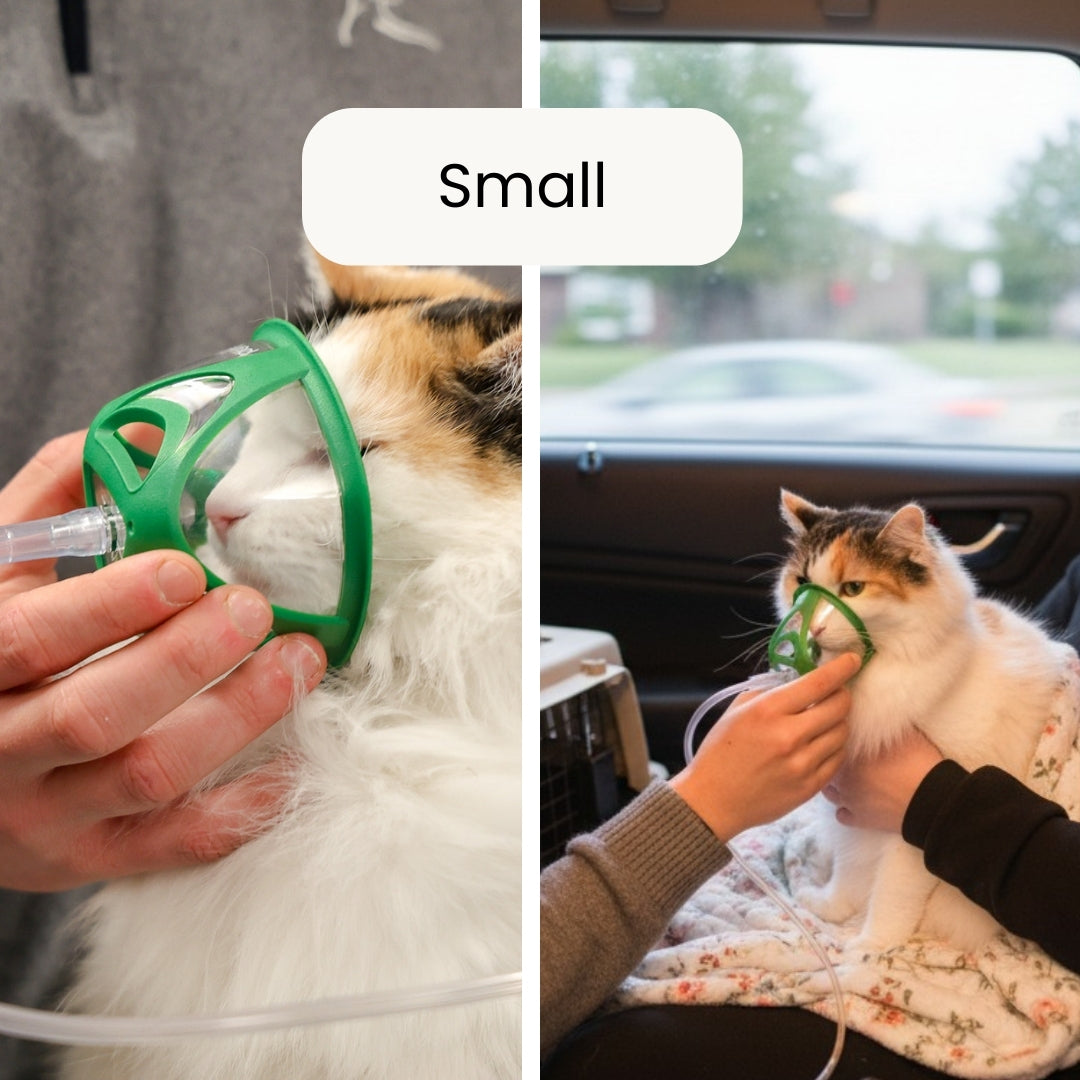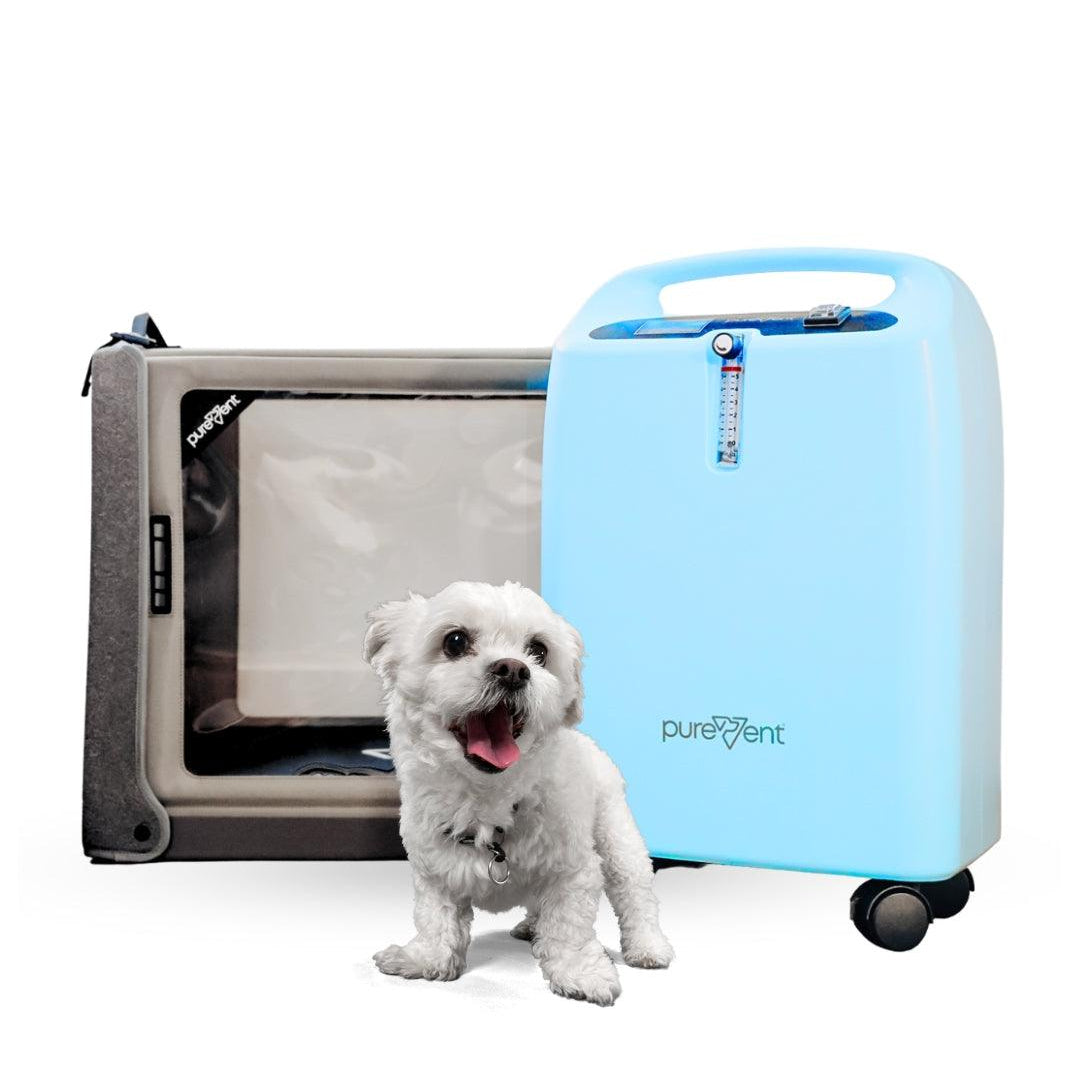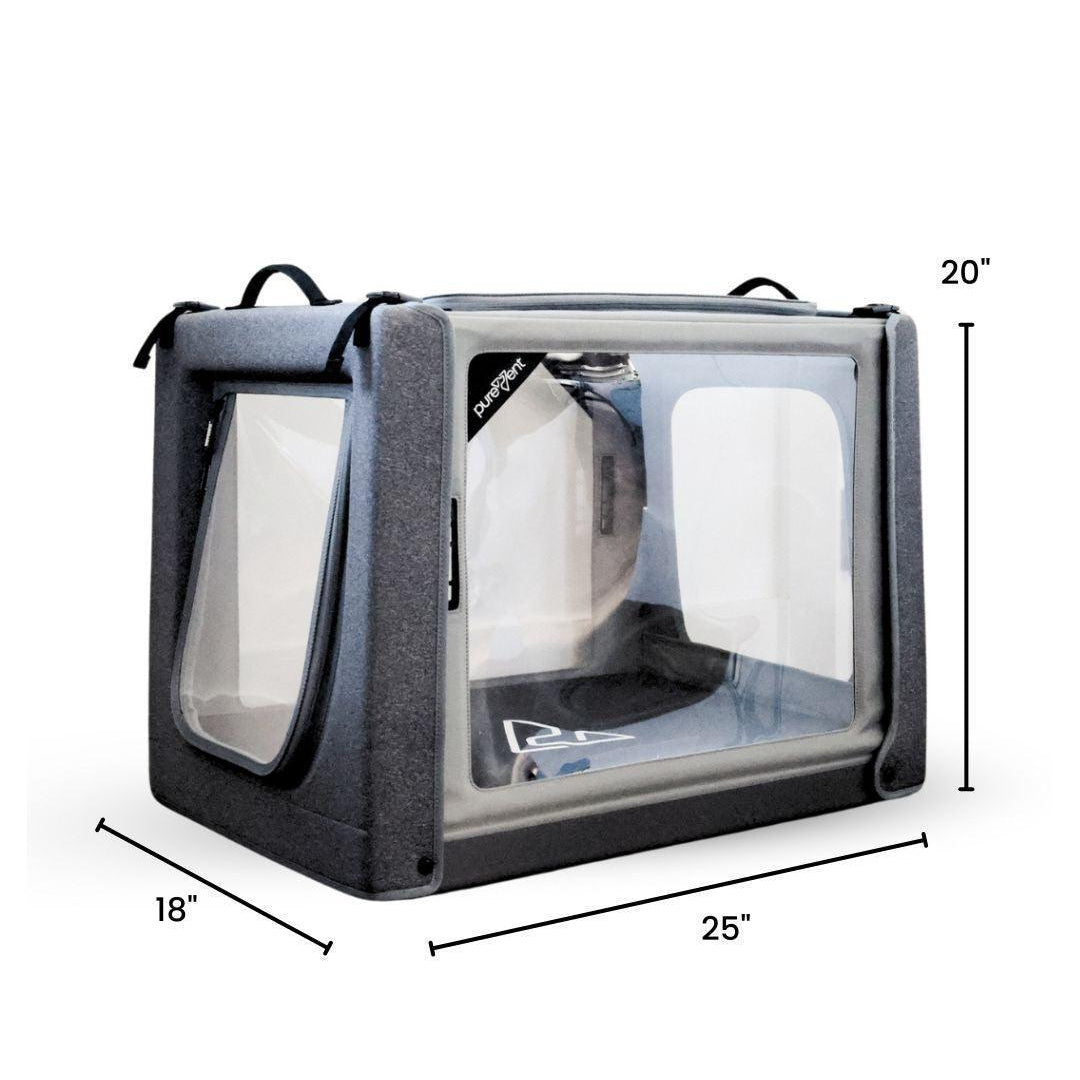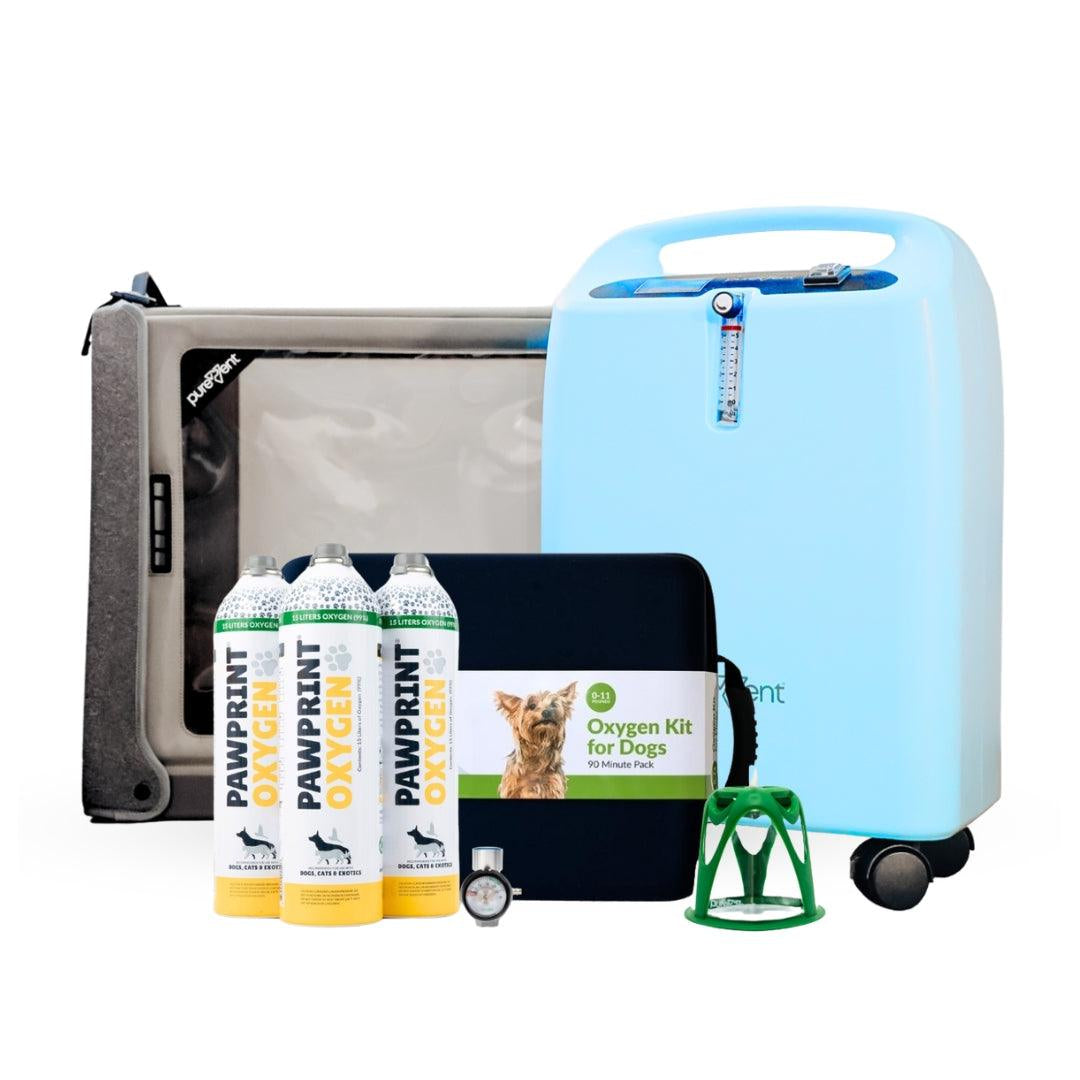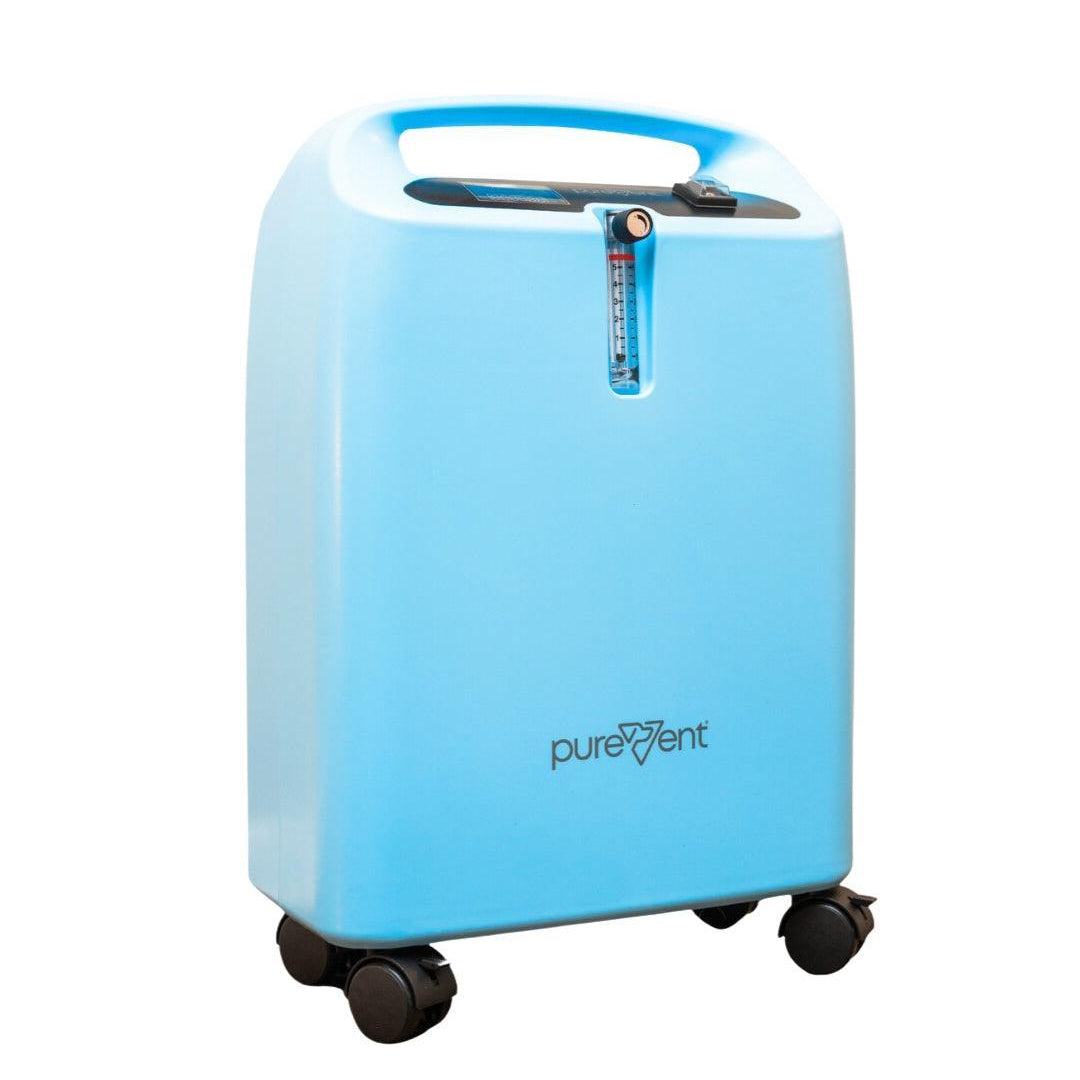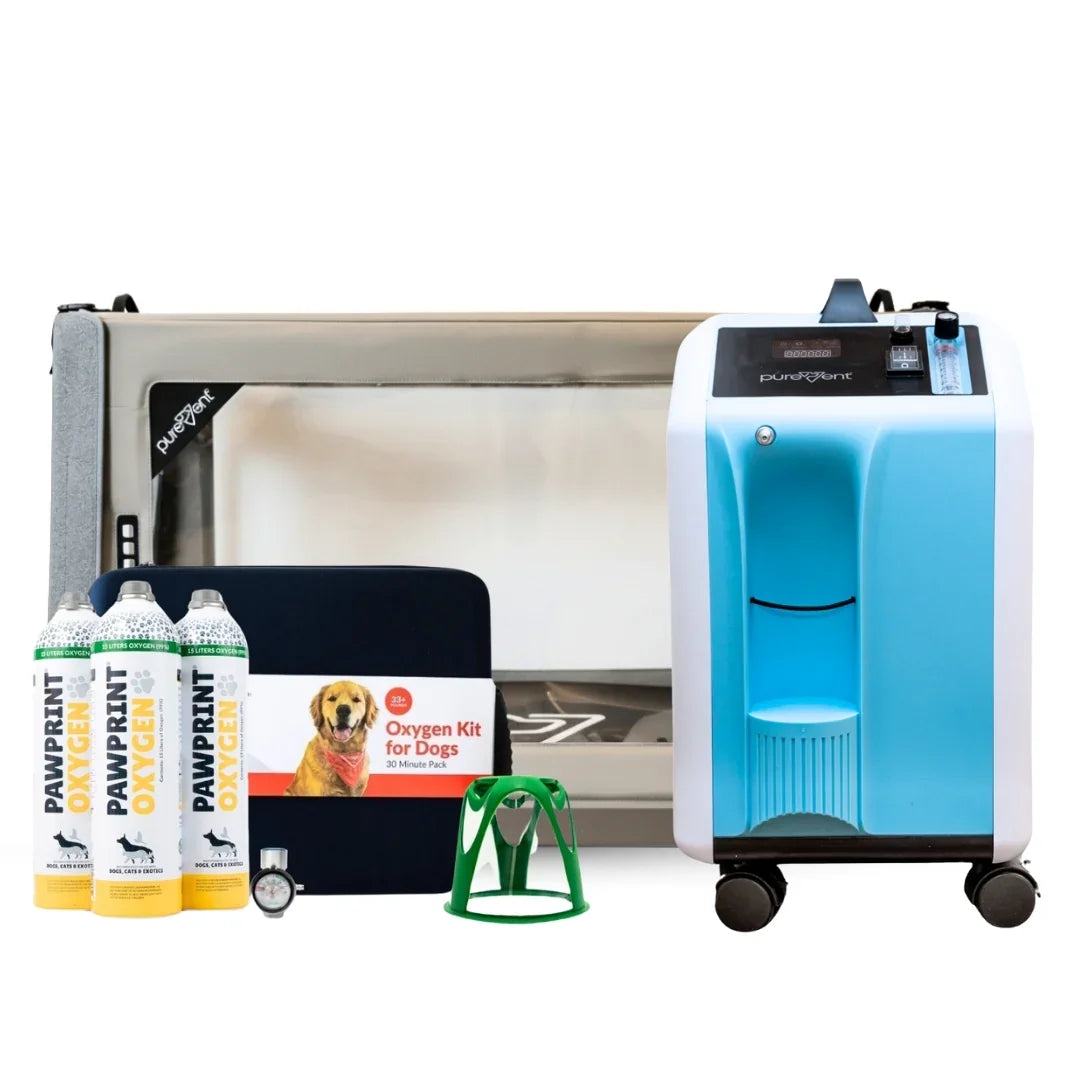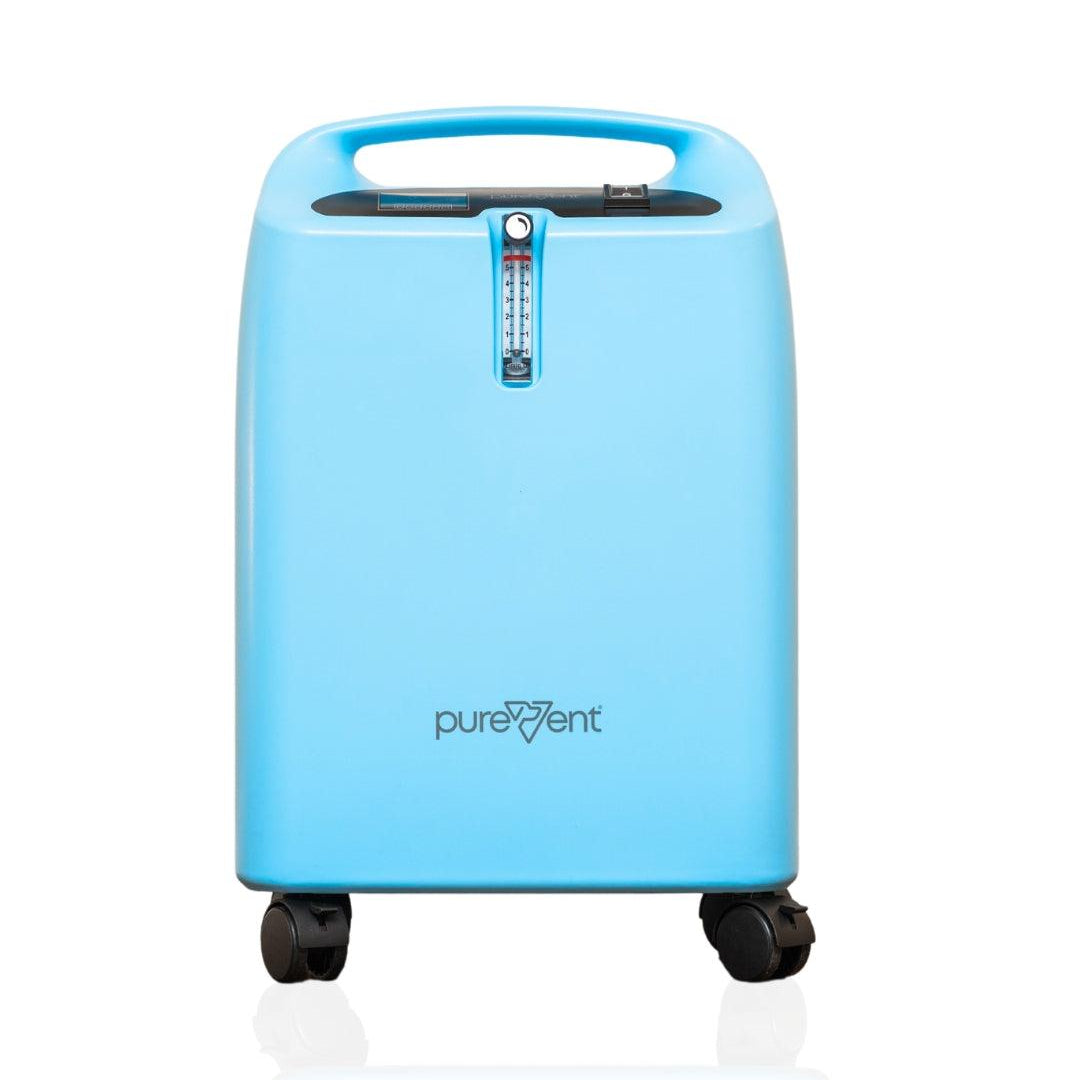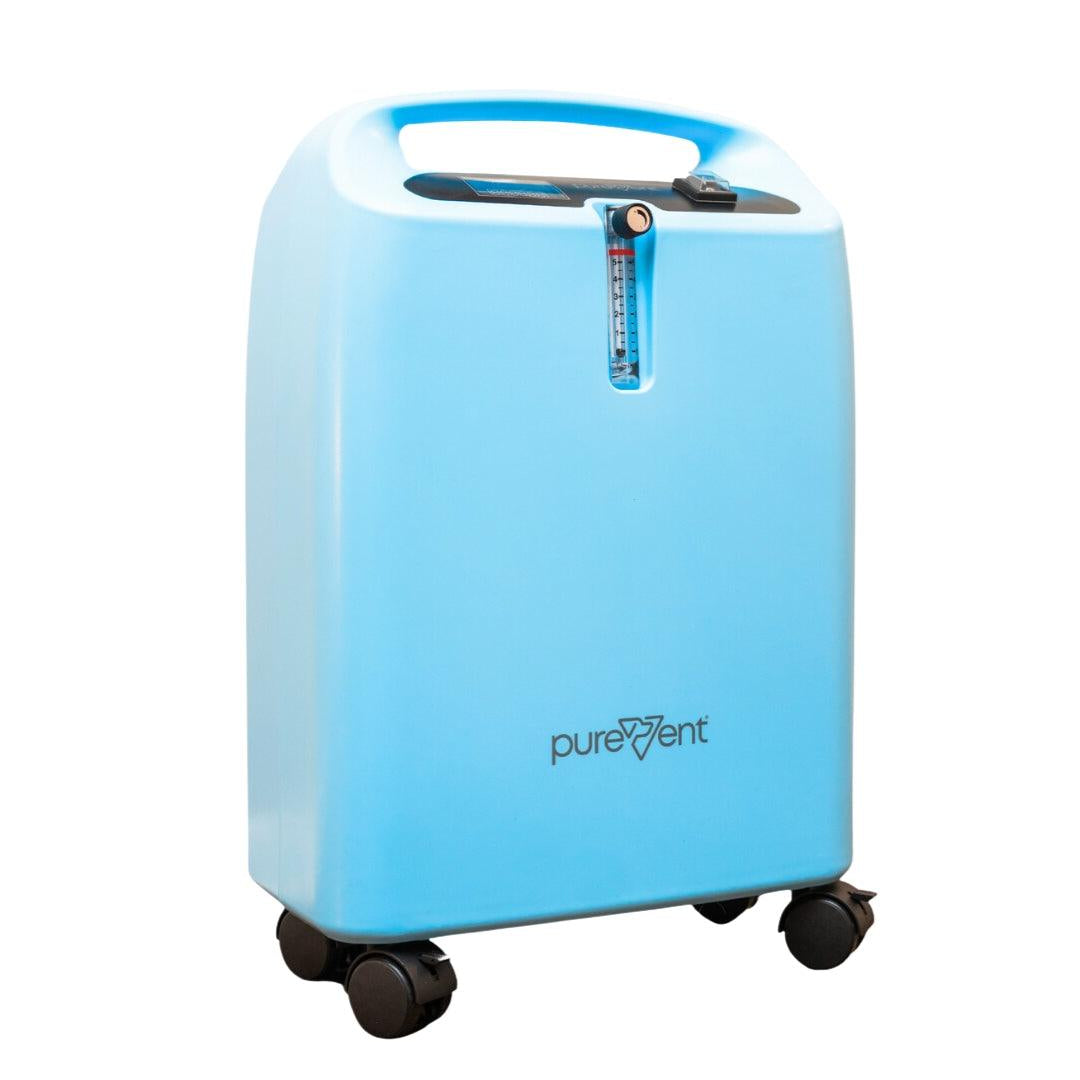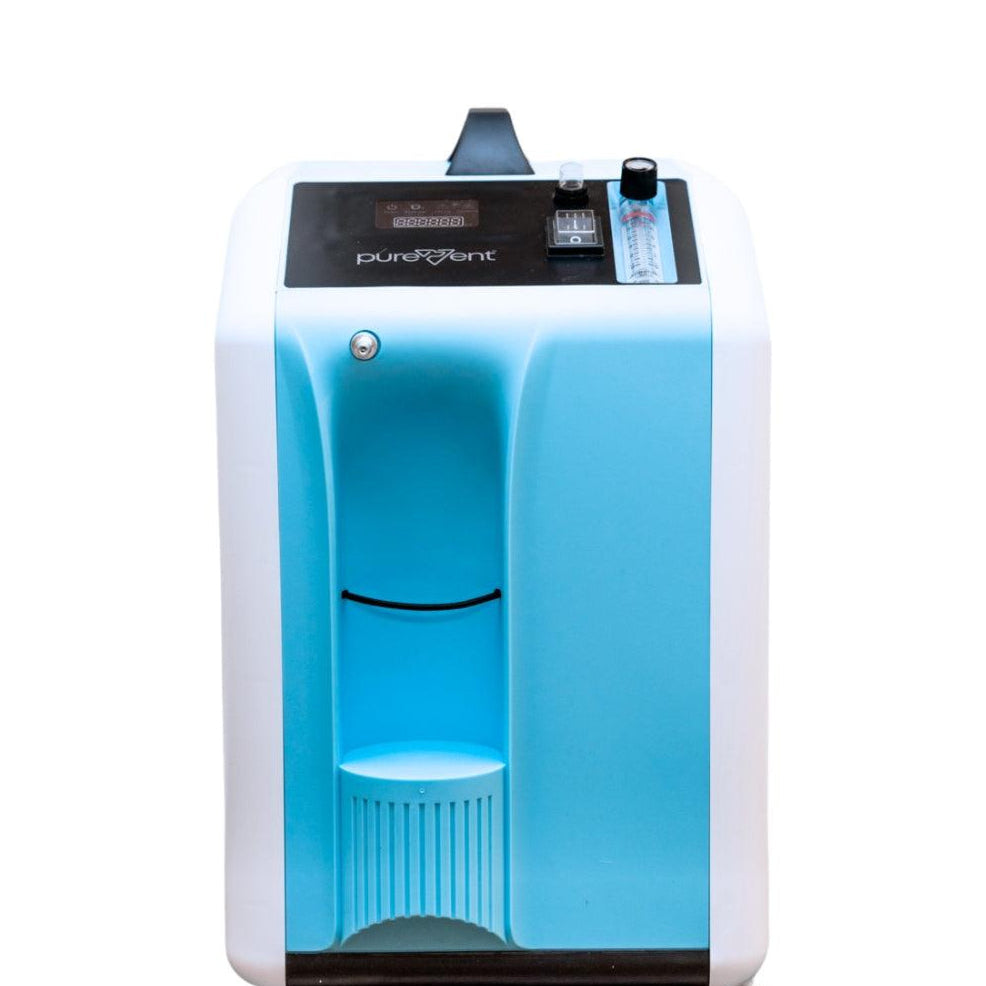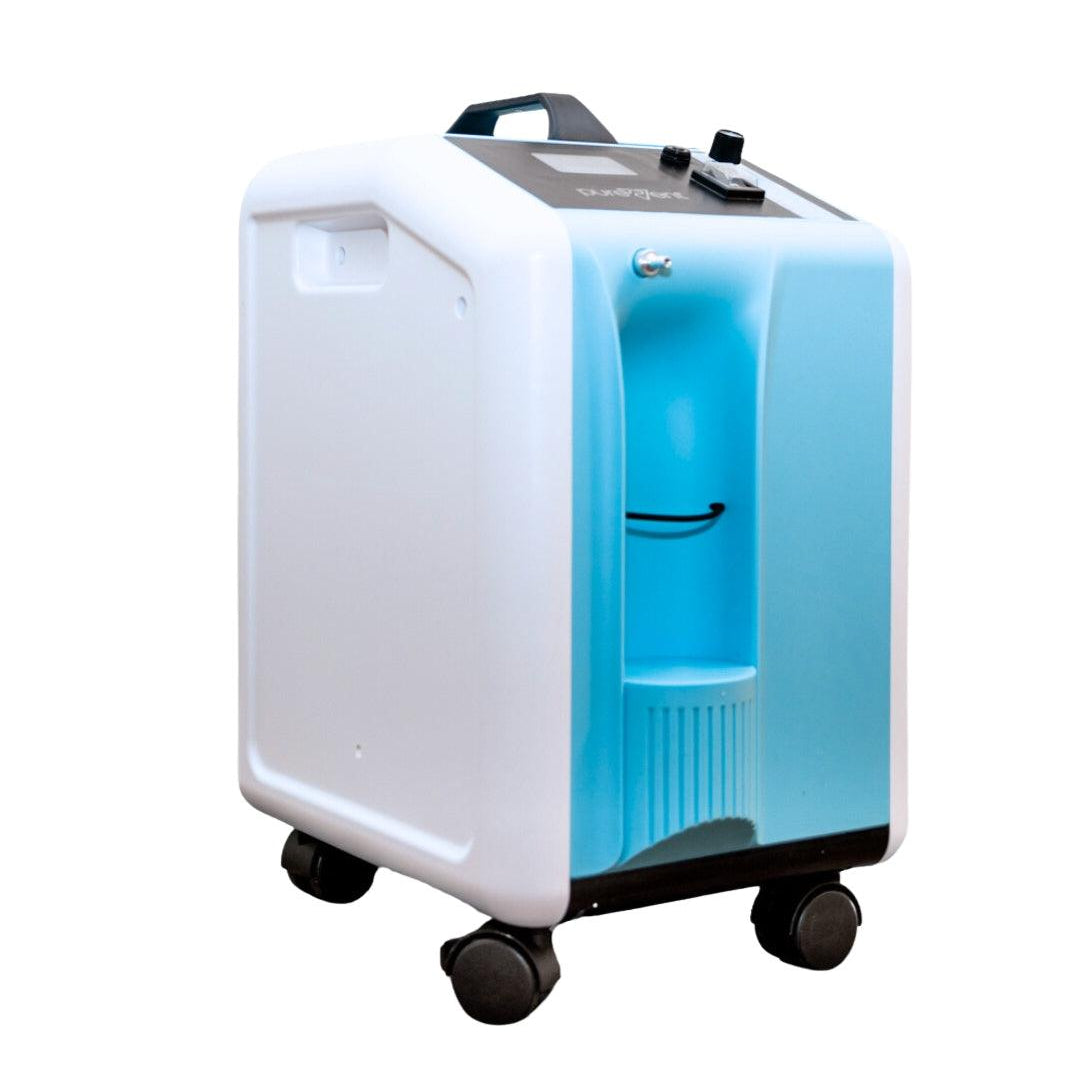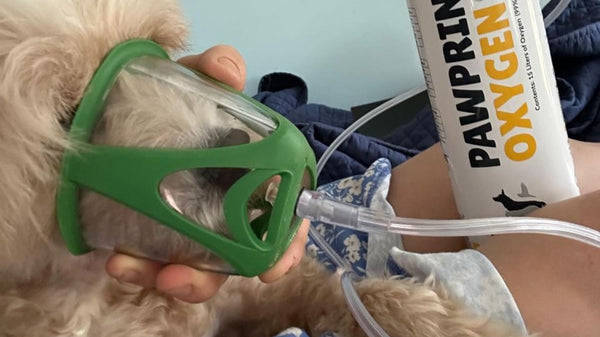Collapsed trachea is a common respiratory condition in dogs, particularly in smaller breeds like Chihuahuas, Pomeranians, and Yorkies. This condition occurs when the cartilage rings supporting the trachea weaken, causing the airway to partially collapse. During an episode, a dog may struggle to breathe, exhibit a characteristic honking cough, or show signs of panic, making it a frightening experience for both the pet and their owner.
When faced with a collapsed trachea episode, taking immediate and appropriate action can significantly ease your dog’s discomfort and prevent the situation from escalating. Knowing what to do in the moment can help you provide the care and reassurance your dog needs to stay calm and breathe more easily.
In this article, we’ll walk you through five essential steps to manage a collapsed trachea episode, so you can feel prepared and confident in supporting your dog during these challenging moments.
Table of Contents
Step 1: Recognizing the Signs of a Collapsed Trachea Episode
The first step in helping your dog during a collapsed trachea episode is recognizing the symptoms. One of the most common and noticeable signs is a distinctive honking cough, which often sounds like a goose honk. This cough may occur suddenly and be accompanied by labored or noisy breathing, as your dog struggles to take in air. You may also notice these symptoms:
- Wheezing, particularly during inhalation
- Agitation and restlessness due to the difficulty in breathing
- Cyanosis, where the gums or tongue appear bluish, indicating a lack of oxygen
If you notice your dog's gums or tongue are turning blue, it is a clear sign that your dog is in distress and may need immediate veterinary attention.
As alarming as these symptoms can be, it is crucial to stay calm. Dogs are highly perceptive and can pick up on your anxiety, which may worsen their stress and breathing difficulties. Take a deep breath, speak in a soothing tone, and focus on helping your dog through the episode. Recognizing the signs early and maintaining a calm demeanor will set the stage for effective action in the steps to follow.

Step 2: Remove Potential Triggers
During a collapsed trachea episode, it’s essential to minimize anything that could exacerbate your dog’s breathing difficulties. Environmental triggers often play a significant role in worsening symptoms, so identifying and eliminating them quickly is a critical step in helping your dog.
Avoid Tight Collars or Harnesses
One of the most common triggers is pressure on the neck caused by tight collars, especially those used with leashes. If your dog is wearing a collar, remove it immediately to relieve any strain on their trachea. For walks, consider switching to a harness that distributes pressure across the chest rather than the neck to prevent further irritation.
Manage Temperature and Humidity
Excessive heat or humidity can make breathing even harder for dogs with a collapsed trachea. If your dog is in a warm or stuffy environment, move them to a cooler, well-ventilated area. Air conditioning or a fan can help maintain a comfortable temperature. Alternatively, in cold weather, avoid exposing your dog to dry, frigid air, which can also irritate the trachea.
Minimize Stress and Excitement
Excitement and stress can trigger or intensify an episode by increasing your dog’s breathing rate and heart rate. Speak to your dog in a calm, reassuring tone, and remove any stimuli that might be causing stress
Some stressful stimuli could include:
- Loud noises
- Other pets
- Strangers
Creating a quiet, peaceful environment can help your dog settle and reduce the severity of their symptoms.
By eliminating these potential triggers, you can create a more supportive environment for your dog, giving them the best chance to recover quickly and comfortably from the episode.
Step 3: Position Your Dog to Facilitate Breathing
Proper positioning can make a significant difference in helping your dog breathe more easily during a collapsed trachea episode. The right posture reduces strain on the trachea and allows your dog to take in air with less effort.
Encourage a Restful Position
Gently guide your dog to lie on their side in a calm, quiet area where they feel safe. This position helps relax the body and minimizes pressure on the trachea. If your dog seems more comfortable sitting, ensure their neck and head are extended slightly upward in a neutral, relaxed position to promote airflow. Avoid forcing them into any specific position; instead, let them settle into what feels natural while ensuring their airway remains open.
Avoid Compression of the Chest or Neck
Ensure there is no added pressure on your dog’s chest or neck, as this can worsen breathing difficulties. Remove any tight clothing, collars, or harnesses that might restrict airflow. If your dog is lying down, adjust their positioning so their body isn’t compressed against hard surfaces.
Limit Strenuous Movements
During an episode, it’s critical to prevent your dog from engaging in unnecessary activity. Avoid forcing them to stand, walk, or move around, as this can increase their oxygen demand and worsen their symptoms. Instead, focus on keeping your dog still and relaxed until the episode subsides.
By positioning your dog in a way that facilitates breathing, you can help alleviate their discomfort and support them through the episode in a safe and effective manner.

How can I tell if my dog is coughing due to a collapsed trachea or another condition?
Characteristics of Coughing Due to Collapsed Trachea:
- "Goose Honk" Sound : A hallmark of tracheal collapse is a cough that sounds like a goose honk.
- Triggered by Pressure on the Neck : Using a collar or leash around the neck often triggers coughing.
- Exacerbated by Excitement or Exercise : Stress, excitement, or physical activity may make the cough worse.
- Occurs During Warm Weather : Hot, humid conditions can intensify breathing difficulties and coughing.
- Chronic and Non-Productive : The cough is usually dry and persistent, not producing mucus or phlegm.
Speaking with a veterinarian is the best way to confirm whether your dog is coughing due to a collapsed trachea or another condition.
How is a collapsed trachea diagnosed by a veterinarian?
The veterinarian will ask with a complete medical history, including the symptoms your dog is exhibiting. Next will be a physical examination, followed by diagnostic imaging using chest x-rays, and may include fluoroscopy and an ultrasound. Other diagnostics that may help to rule out other concurrent conditions are blood work, an echocardiogram, a CT scan, and a tracheoscopy.
Are there medications that can help manage the condition
Yes, there are a few medications that are commonly used to help treat a collapsed trachea. Cough suppressants, anti-inflammatory medications, bronchodilators, antibiotics, sedatives, and anti-anxiety medications may be recommended. Additionally, weight management medications and oxygen therapy may be added to help boost your dog's quality of life.
Step 4: Provide Immediate Relief with Oxygen Therapy
Supplemental oxygen therapy can be a crucial tool to help dogs experiencing a collapsed trachea episode. Providing your dog with extra oxygen during an episode can help alleviate their breathing difficulties and reduce stress on their respiratory system. If you have access to an oxygen concentrator or a portable oxygen kit, administering oxygen at home can make a significant difference.
How to Administer Oxygen at Home
If you have a portable oxygen kit, place the oxygen mask gently over your dog’s muzzle or allow them to breathe near the oxygen flow. For pet parents with an oxygen concentrator and an oxygen chamber, place your pet inside the oxygen chamber after prefilling with oxygen. Keep the experience as calm as possible by speaking soothingly to your dog.
Make sure to follow the instructions provided with your oxygen device for proper use, including setting the correct flow rate and ensuring adequate ventilation. Always supervise your dog during oxygen therapy to monitor their response.
How Pawprint Oxygen Can Help
Pawprint Oxygen offers portable oxygen solutions specifically designed for pets, such as their portable oxygen kits. These kits are easy to use and allow pet owners to administer oxygen therapy safely at home or on the go. Having a reliable oxygen solution like Pawprint Oxygen’s kits ensures you’re prepared to provide immediate relief during a collapsed trachea episode, giving your dog the support they need when and where they need it most.
By incorporating oxygen therapy into your emergency plan, you can help your dog breathe more easily and recover faster from the stress of an episode. If you don’t already have access to an oxygen concentrator or kit, consider speaking with your veterinarian about adding this valuable tool to your dog’s care plan.

Step 5: Minimize Stress and Offer Comfort
Keeping your dog calm is crucial during a collapsed trachea episode. Stress and anxiety can worsen breathing difficulties by increasing your dog’s heart rate and oxygen demand. Offering comfort and minimizing environmental stressors can go a long way in helping your dog recover more quickly.
Creating a Calming Environment
Start by speaking to your dog in a gentle, soothing tone to reassure them. Avoid sudden movements or loud noises, as these can heighten their anxiety. Use gentle petting or stroking to help them feel safe and supported. If possible, dim the lights and reduce household distractions, such as turning off loud appliances or moving your dog away from busy areas of the home.
A quiet, peaceful environment not only helps reduce your dog’s stress but also allows you to monitor them more closely for any changes in their condition.
Consider Natural Remedies or Sedatives
For dogs prone to frequent episodes or those who struggle with severe anxiety, natural remedies or sedatives (approved by your veterinarian) can be helpful. Options like calming supplements containing chamomile, valerian root, or L-theanine can provide gentle relaxation. Essential oils designed for dogs, like lavender, can also be used cautiously to promote calmness.
If your veterinarian has prescribed a mild sedative or anti-anxiety medication, administer it as directed during an episode to help your dog remain calm and reduce strain on their respiratory system.
Your Calm Presence Matters
Above all, your calm demeanor can have a profound effect on your dog. Dogs are highly attuned to their owner’s emotions, and your reassurance will help them feel secure. By minimizing stress and providing comfort, you create the ideal conditions for your dog to recover from the episode with as little distress as possible.
When to Seek Immediate Veterinary Attention
While most collapsed trachea episodes can be managed at home, there are times when immediate veterinary care is essential. Recognizing the red flags that indicate a critical situation can save your dog’s life.
Red Flags to Watch For
Cyanosis (Blue Gums or Tongue): If your dog’s gums or tongue take on a bluish hue, it’s a sign they are not getting enough oxygen. This is a medical emergency that requires immediate attention.
Extreme Lethargy or Unconsciousness: A dog that becomes excessively lethargic, non-responsive, or loses consciousness is in serious distress. These symptoms indicate the episode has progressed beyond what can be managed at home.
Persistent Difficulty Breathing Despite At-Home Interventions: If your dog continues to struggle to breathe despite removing triggers, positioning them correctly, and providing oxygen therapy, it’s time to head to the vet. Prolonged breathing difficulty can lead to further complications and require professional care.
Be Prepared for Emergency Transport
If you need to take your dog to the veterinarian, having an oxygen kit on hand can make a big difference during transport. Supplemental oxygen can help stabilize your dog while on the way to the clinic, ensuring they remain as comfortable and oxygenated as possible. Portable oxygen solutions, like those from Pawprint Oxygen, are ideal for emergencies and should be part of your dog’s care plan.
Knowing when to seek professional care is just as important as managing an episode at home. By staying vigilant for these critical signs and being prepared with the right tools, you can ensure your dog gets the help they need when it matters most.
Preparation is Key
Managing a collapsed trachea episode can feel overwhelming, but taking the right steps can make a world of difference for your dog. To recap, the five key actions to take during an episode are: recognizing the signs, removing potential triggers, positioning your dog to facilitate breathing, providing immediate relief with oxygen therapy, and minimizing stress while offering comfort. Knowing when to seek immediate veterinary attention is also critical to ensuring your dog’s safety.
Proper preparation, including having tools like an oxygen kit on hand, and maintaining a calm demeanor can help your dog through these challenging moments with less distress. Remember, your ability to act confidently and effectively can significantly improve your dog’s comfort and recovery during an episode.
Finally, be sure to consult with your veterinarian about your dog’s condition. They can help you create a long-term management plan tailored to your dog’s needs, ensuring you’re prepared to handle future episodes and support your dog’s overall health. With the right knowledge, tools, and professional guidance, you can provide your dog with the care they need to thrive.

